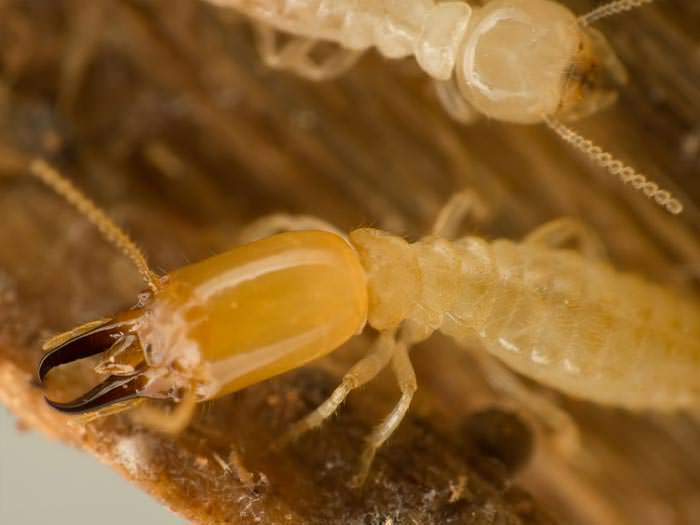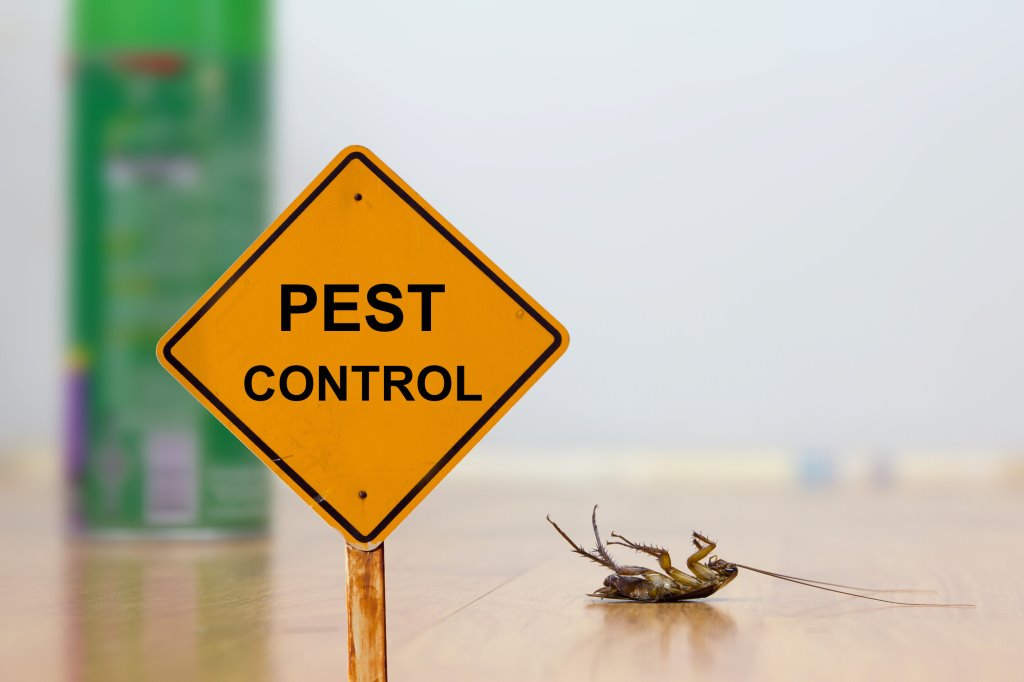3 Simple Techniques For Bird Exclusion & Control In Medford
Pest management approaches fall into four groups: cultural, mechanical, biological, and chemical. Keeping plants healthy and preventing plant tension helps plants to much better hold up against and repair the damage brought on by a pest or mite bug. Some proof indicates that healthy plants resist problem by bugs better than plants with low vigor.
Many major illness or insect problems can be stopped or slowed by regularly visiting the garden, knowing what to try to find, recognizing possible issues, and intervening early. Cultural approaches of reducing bug and mite issues in the landscape consist of preparing the soil; selecting plants that are adapted to the site conditions, that are not attractive to pests, and that are tolerant of insects and diseases; rotating crops; interplanting; timing planting dates to avoid bugs; managing weeds; and planting "trap" crops.
About Pest Exterminator In Medford
If tilling is considered needed, consider doing it in the fall when the life cycles of lots of insects brings them near the surface. At the surface area, insects become exposed to the weather as well as birds and other natural enemies.
Analyze plants thoroughly (tops of leaves, bottoms of leaves, stems, and soil) prior to planting to be sure they are clean. Consider planting recognized as resistant to insects. Resistant cultivars are those that repel, are unappealing to, or otherwise disagree as food for specific bugs or that stand up to feeding by specific insects with little reduction in yield or quality.
If deer are a problem in a garden, select a plant that is naturally resistant to deer predation over a plant that is more attractive to deer. A native downy hawthorn (Crataegus mollis) would be a better option than an Eastern redbud (Cercis canadensis). Planting two similar crops in succeeding years tends to increase pest problems.
Ant Control And Prevention In Medford Can Be Fun For Everyone
Some pests hibernate in the soil or litter around plants or lay eggs in or on the host plant. Use associated crops in a website only as soon as every three or four years - pest exterminator in Medford.
Crop rotation is most effective on insects that develop on a few plants (ant control and prevention in Medford). Prevent placing all plants of one kind together; instead spread them throughout the garden (Figure 85). Consider rotating groups of different plants within rows or spots. Bugs that become serious on cabbage probably likewise infest neighboring mustard, broccoli, and collards, however they may not spread out to cabbage planted on the other side of the garden.

See This Report about Cockroach Control And Prevention In Medford

The flowers of thistle, plantain, knotweed, and dandelion are very important to honey bee populations. Removing weeds after flowering but before seed set provides food for the honey bees but keeps the weeds from continuing to spread. Another method to handle insect bugs is to plant a crop that is very appealing to pests and description then deal with the trap crop with insecticide.

Almost any big non-venomous pest can be selected off at any stage. To avoid the task of hand-squashing the insects, knock the bugs and egg clusters into a coffee can or quart jar with a small amount of water and a bit of meal cleaning agent. Insect traps can help with detection and management.
Some Known Incorrect Statements About Ant Control And Prevention In Medford
These traps do not catch some wingless types, as well as those types active just throughout the day (diurnal) as opposed to active throughout the night (nighttime). Scent traps are used for discovering the presence of insects or often for interfering with insect breeding routines. Adult women produce and release a chemical smell appealing to males of the very same species.
The best success takes place when the insect density is low and motion into the location is minimal. Some physical traps are easy to make from products around the house.
Mix 1 quart of clay with 2 gallons of water and 1 tablespoon of liquid soap in a sprayer. Continually agitate the sprayer to avoid clumping of the clay. Reapply each to three weeks. This barrier is preventive; it will not work if you can find out more an insect bug is currently established.
Excitement About Bird Exclusion & Control In Medford
Some pests, such as the azalea stem borer and the dogwood club gall (Figure 813), can be managed by pruning infected twigs out of infested plants and damaging them. If branches plagued with dogwood twig borers are pruned in late spring or early summertime, the plants look at more info need to still bloom with no problem the following spring - flying insect control and prevention in Medford.
Comments on “Our Pest Exterminator In Medford Diaries”